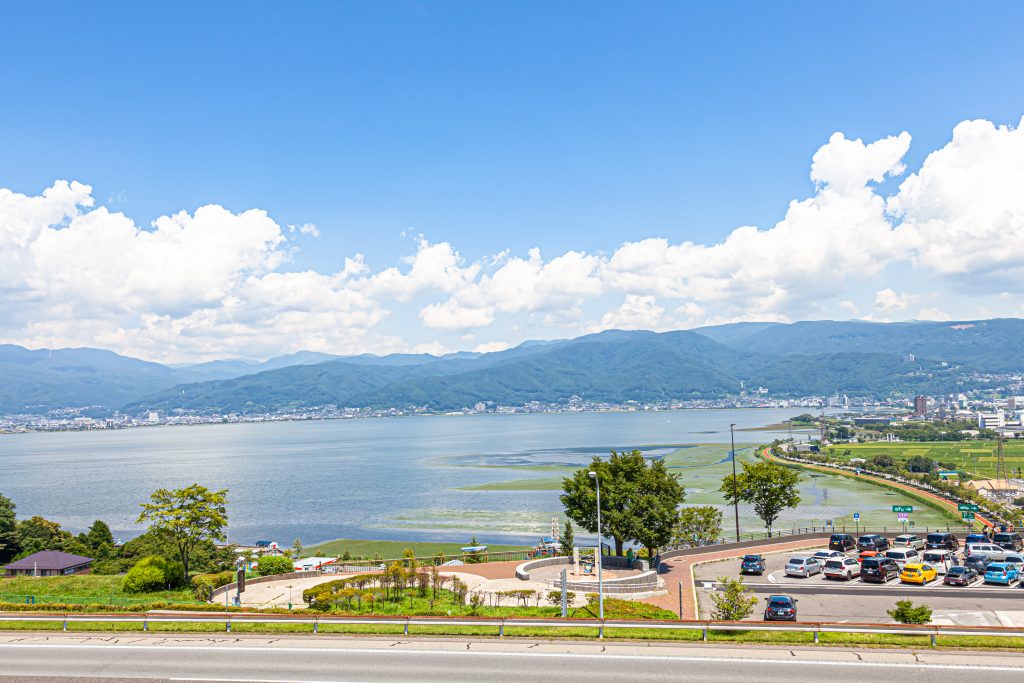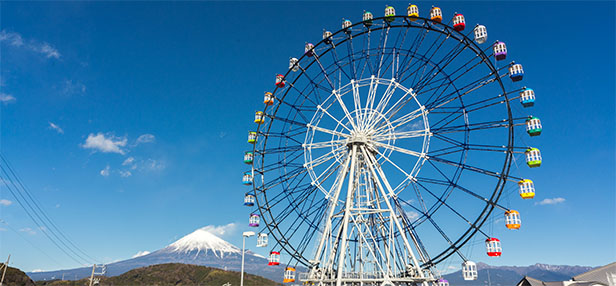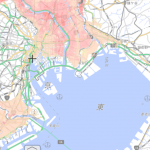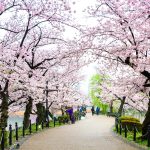Servicearea in Japan are parking spots on expressways for travelers to take a break and fill up their tanks.

Lake Suwa Service Area
The first service area was Otsu Service Area, built in 1963 in Shiga Prefecture. It is located on Meishin Expressway – the very first expressway in Japan connecting Osaka and Nagoya.
Service area serves an important role in preventing traffic accidents caused by fatigue from long drives by providing drivers a place to rest.
What can you find in Service Area?
The development of service area have been advancing over years. They are well equipped and provide much more than just toilet break and light snacks. For instance, in Otsu S.A, there is a rooftop observation deck for drivers to enjoy a panoramic view of Lake Biwa.
While many service area have souvenir stores and restaurants, some places sell local produced vegetables and confectionery made with local ingredients. There products are usually exclusive to the location and many people visit for the sake of that. On locations with scenic views, observation lounges are also available for travelers to enjoy the local scene.
While some places provide accommodation facilities with hot springs for travelers to spend their night and relax.
Service area have become an entertainment spot of its own rather than a temporary resting point for drivers.
Popular Service Area
Some of the popular service area in Japan that I recommend are EXPASA Fujikawa on Tomei Expressway and Hanyu Parking Area on Tohoku Expressway.
EXPASA Fujikawa

Image obtained from sapa.c-nexco.co.jp
This service area is located on Tomei Expressway in Shizuoka Prefecture. One of the most attractive aspect of this service area is the 60-meter-high ferris wheel where you can enjoy the suburb view of Mount. Fuji and Suruga Bay.
They also have cabins made with glass that give a 360 degree view. If you are afraid of height, there is also observation lounge that can be accessed with no cost.
Besides the magnificent scene of Mount Fuji, there are also cafes, restaurants and shopping mall in the service area.
For EXPASA Fujikawa’s official site, click HERE.
Hanyu Parking Area – Onihei Edodokoro
Another S.A and P.A that I recommend is the Hanyu Parking Area (also known as Onihei Edodokoro) in Saitama Prefecture.
This area is a recreation of Edo period townscape based on a famous historical novel called ”Onihei Hankacho”.
Besides Edo-themed buildings, they also have several restaurants offering Japanese gourmet such as eel, tuna rice bowl and udon.
On weekends and national holidays, there might also be street performance.
For Hanyu Parking Area’s official site, click HERE.
Service area in Japan has become a destination rather than a place to stop by.









